During the course, I discovered for myself the whole new world of scripting, 3D modelling and animation using Grasshopper. Scripting at first was a bit confusing as the UI of the program is not very user-friendly, but with time and help of our course curators I even started enjoying the process. The possibility of making real-time corrections in your 3D models using script parameters and animating the graphical information that the script illustrates with Rhino are my favorite parts of this Grasshopper course.
For me, the first actual working script was the one involving the twisting tower made out of tubes with pseudo randomly colored panels in-between. I called this one Freeform Jitter Tower as I was using the Jitter panel in the script to randomize the size and coloring of the panels according to the Z axis: the lower panels are to the ground, the bigger they are (but not of uniform size); the higher the panels are from the ground, the more of them appeared in lighter color. This exercise helped me get accustomed to the basics of Grasshopper, made me understand how the previous simpler scripts really work and proved to be very useful for future scripts.
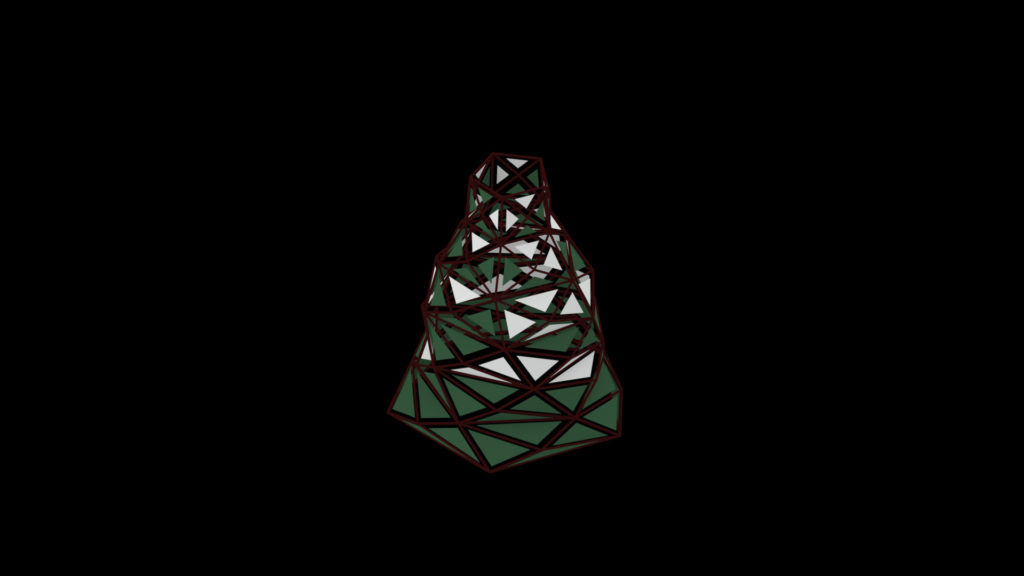

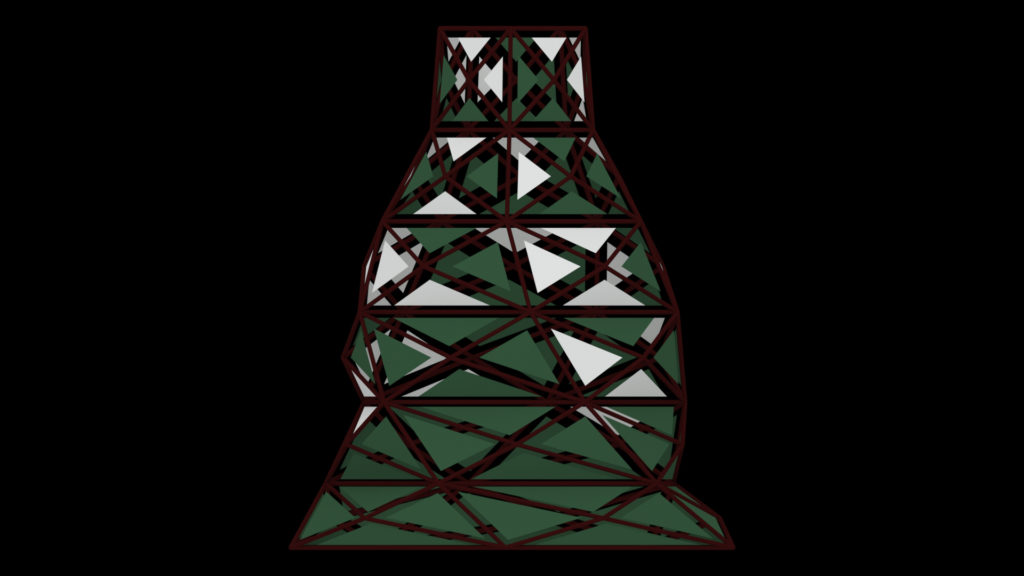

The second of my more meaningful scripts was the Gallery Section. Inspired by Gaudi’s roof shape in his project of a school at Sagrada Familia, I tried to recreate the sense of that shape using the script, explained to us during the lessons by adapting it to create an abstract section of a gallery by extruding the forms of individual bricks aligned to an S curve.
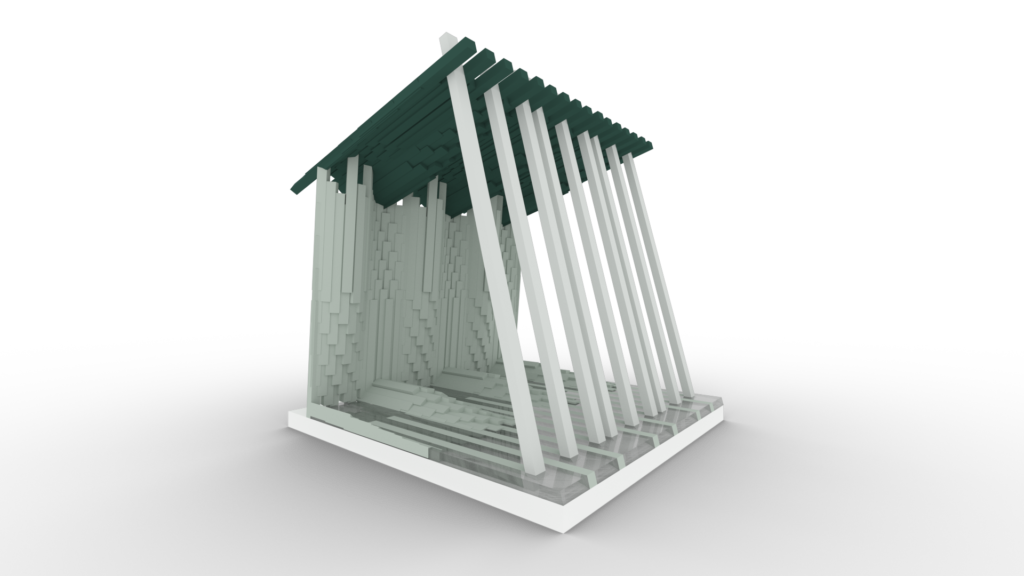

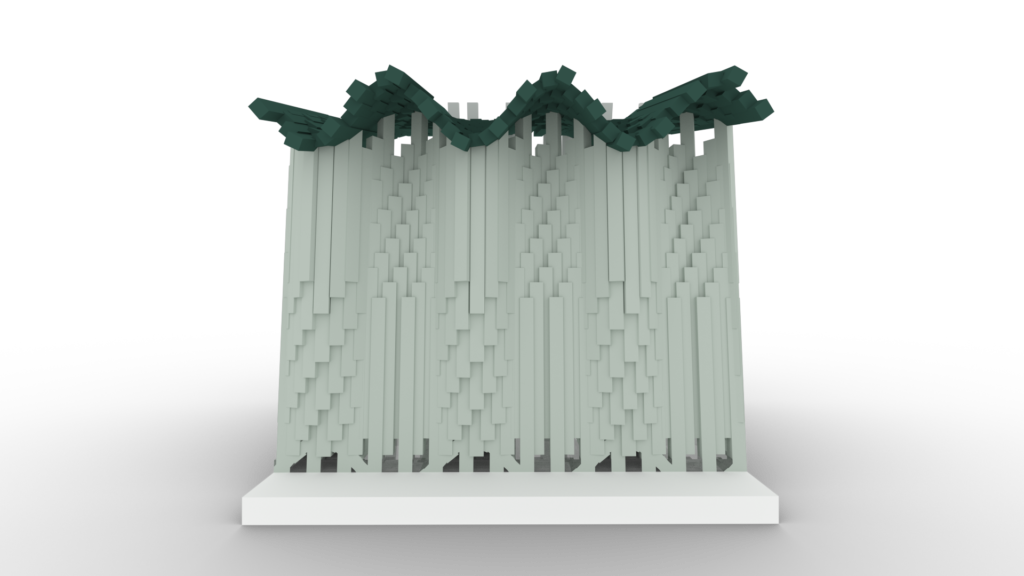
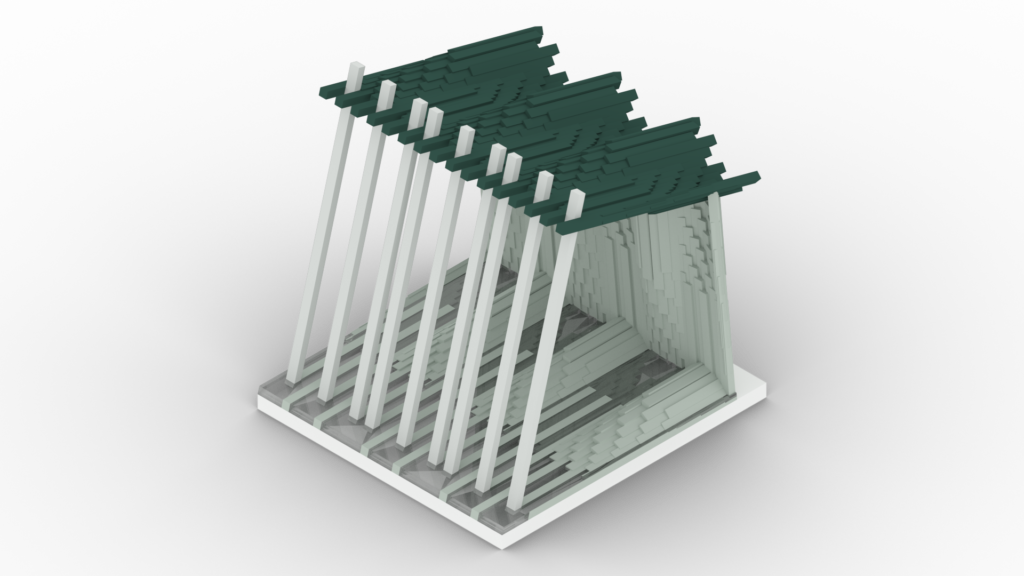
The Mace Mesh helped me understand how meshes work in the program and, more importantly, how to create spikes out of meshes that protrude from the center of the shape. Being an aficionado of medieval weaponry, I recreated the blunt melee armament (meaning the mace) in Grasshopper. Learning how to create such spikes proved invaluable to the final assignment as it turned out to be a perfect solution for resolving the overall shape of the exercise.
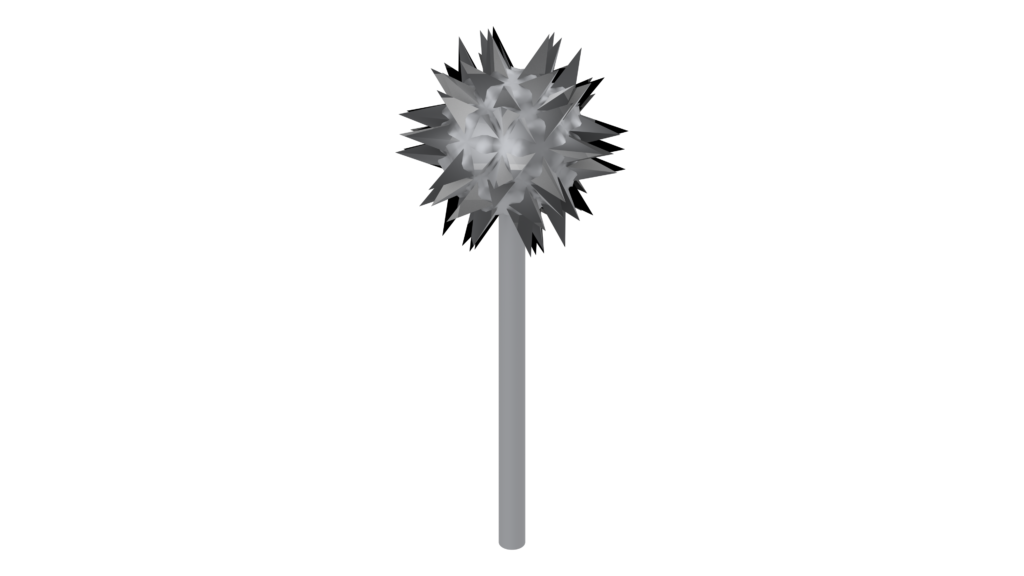


Cereus Forbesii Spiralis or The Twisted Cactus was the most challenging yet my favorite assignment as of yet. Together with Sveta Sathyanadhan we combined the knowledge we earned during the course and created a step-by-step process of building a digital cactus. The twisted tower exercise, the experimentation with outer forms following the axis of the main shape, meshes and spikes all led to the creation of this final animation. Working out the timings of each step for the video to better present the digital data also was very exciting to work out.


The Advanced Digital Tools course opened my eyes to many possibilities that I only had a loose idea of working with in Rhino. In the end, after many trials and tribulations I finally started to really enjoy the process and now am looking forward to applying my skills in an actual project.

